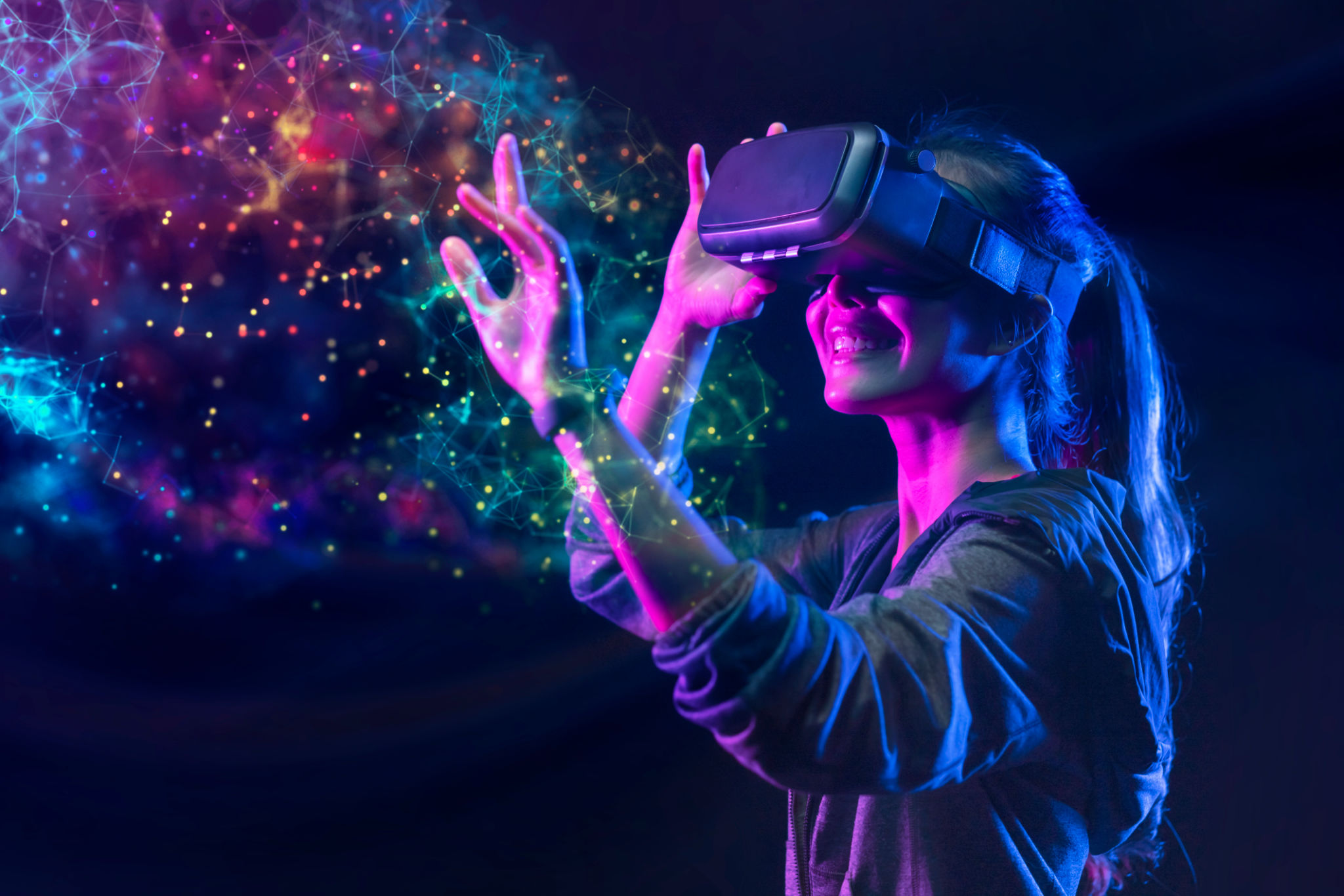The Future of Science Education: Trends Tutors Need to Know
Embracing Technology in Science Education
In recent years, technological advancements have transformed the landscape of science education. As we look to the future, it's crucial for tutors to adapt and embrace these changes to effectively teach their students. The integration of technology in the classroom is no longer a novelty but a necessity. From virtual labs to interactive simulations, technology provides students with hands-on experiences that were previously unimaginable.
One of the key trends in science education is the use of virtual reality (VR) and augmented reality (AR). These tools allow students to explore complex scientific concepts in an immersive environment. For instance, students can now conduct experiments in a virtual lab, making science more accessible and engaging for all learners.

Personalized Learning Paths
Another significant trend is the shift towards personalized learning. With the help of artificial intelligence (AI), educators can now tailor educational experiences to meet the unique needs of each student. AI-driven platforms analyze student performance and provide customized feedback, enabling tutors to focus on areas where students need the most support.
This approach not only improves student engagement but also fosters a deeper understanding of scientific principles. By addressing individual learning gaps, tutors can help students achieve their full potential and develop a lifelong love for science.
Collaborative Learning Environments
Collaboration is at the heart of scientific discovery. The future of science education emphasizes the importance of collaborative learning environments, where students work together to solve complex problems. This approach mirrors real-world scientific research and prepares students for future careers in STEM fields.

Online platforms and tools facilitate collaboration beyond the classroom walls, allowing students from different parts of the world to collaborate on projects. This global perspective enhances cultural understanding and promotes diverse viewpoints, essential skills in today's interconnected world.
Integrating Interdisciplinary Studies
Traditionally, science education has been compartmentalized into distinct subjects. However, the future sees a growing emphasis on interdisciplinary studies. By integrating subjects like mathematics, technology, engineering, and science, educators can provide a more holistic understanding of how these fields interconnect.
Interdisciplinary learning encourages critical thinking and problem-solving skills, equipping students to tackle complex real-world challenges. Tutors must stay updated on these developments and incorporate interdisciplinary approaches into their teaching strategies.

Fostering Critical Thinking and Creativity
As science education evolves, there is a greater focus on fostering critical thinking and creativity. Encouraging students to ask questions, explore different perspectives, and think outside the box is crucial for scientific innovation. Tutors can nurture these skills by incorporating project-based learning and open-ended experiments into their curriculum.
By doing so, educators not only prepare students for future scientific endeavors but also contribute to developing adaptable, innovative thinkers ready to face the challenges of tomorrow's world.
Conclusion
The future of science education is dynamic and ever-evolving. Tutors who stay informed about these trends and adapt their teaching methods accordingly will play a vital role in shaping the next generation of scientists. By embracing technology, fostering collaboration, integrating interdisciplinary studies, and promoting critical thinking, educators can ensure that their students are well-equipped for the challenges and opportunities that lie ahead.